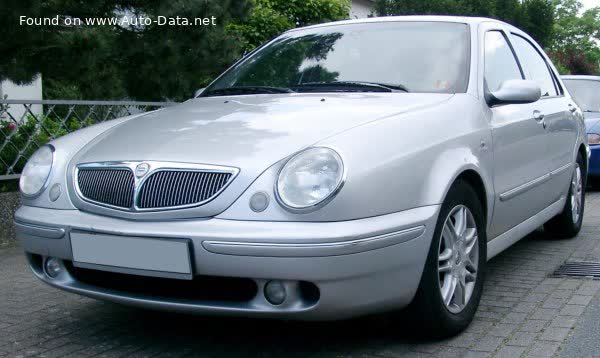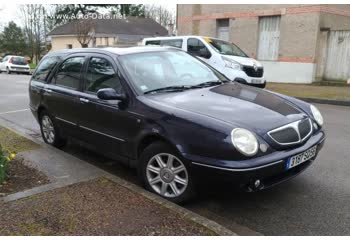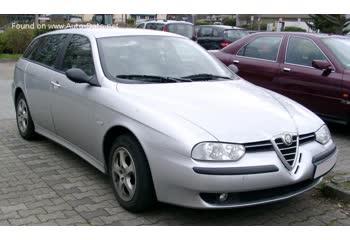Everything you need to know about specifications and performance - Lancia Lybra 2000 - 2.4 JTD (140 Hp)

Overview:
What is the engine capacity of a Lancia Lybra 2000?
The engine capacity of the Lancia Lybra 2000 is 2387.
Lancia Lybra 2000 How many horsepower?
The engine power of the Lancia Lybra 2000 is 140 Hp @ 4000 rpm..
What is the Lancia Lybra 2000 engine?
Lancia Lybra 2000 engine is 839A6000. (Click to see other cars using the same engine)
How much gasoline does a Lancia Lybra 2000 consume?
The Lancia Lybra 2000 consumes 6.7 liters of gasoline per 100 km
What is the recommended oil for a Lancia Lybra 2000 engine?
The recommended oil for a Lancia Lybra 2000 car engine is 5W-30.
What type of camshaft transmission system is used in a Lancia Lybra 2000 engine?
belt is used to transmit motion.
General:
Engine:
Performance:
Space:
dimensions:
Powertrain, Suspension and Brakes:
See also

Other generation.
Its production began in 2002 until 2004

Same production year and almost the same engine capacity.
Its production began in 2000 until 2003
Write a comment